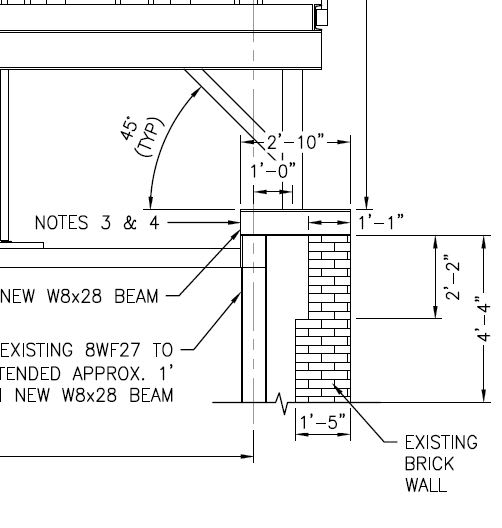InEngCAN
Structural
- Sep 21, 2017
- 11
I have a steel beam that I want to transfer gravity loads to an existing clay brick parapet and wall. I plan on preventing the transfer of shear by using slotted connections. How can I prevent the uplift from being transferred to the brick if I am connecting my anchors from the top. The brick and mortar are terrible in tension so I need to find a way transfer most of the uplift load to the other support. Can I use a rubber washer to give the connection the degree of freedom in the vertical direction?
-Andrew
-Andrew

